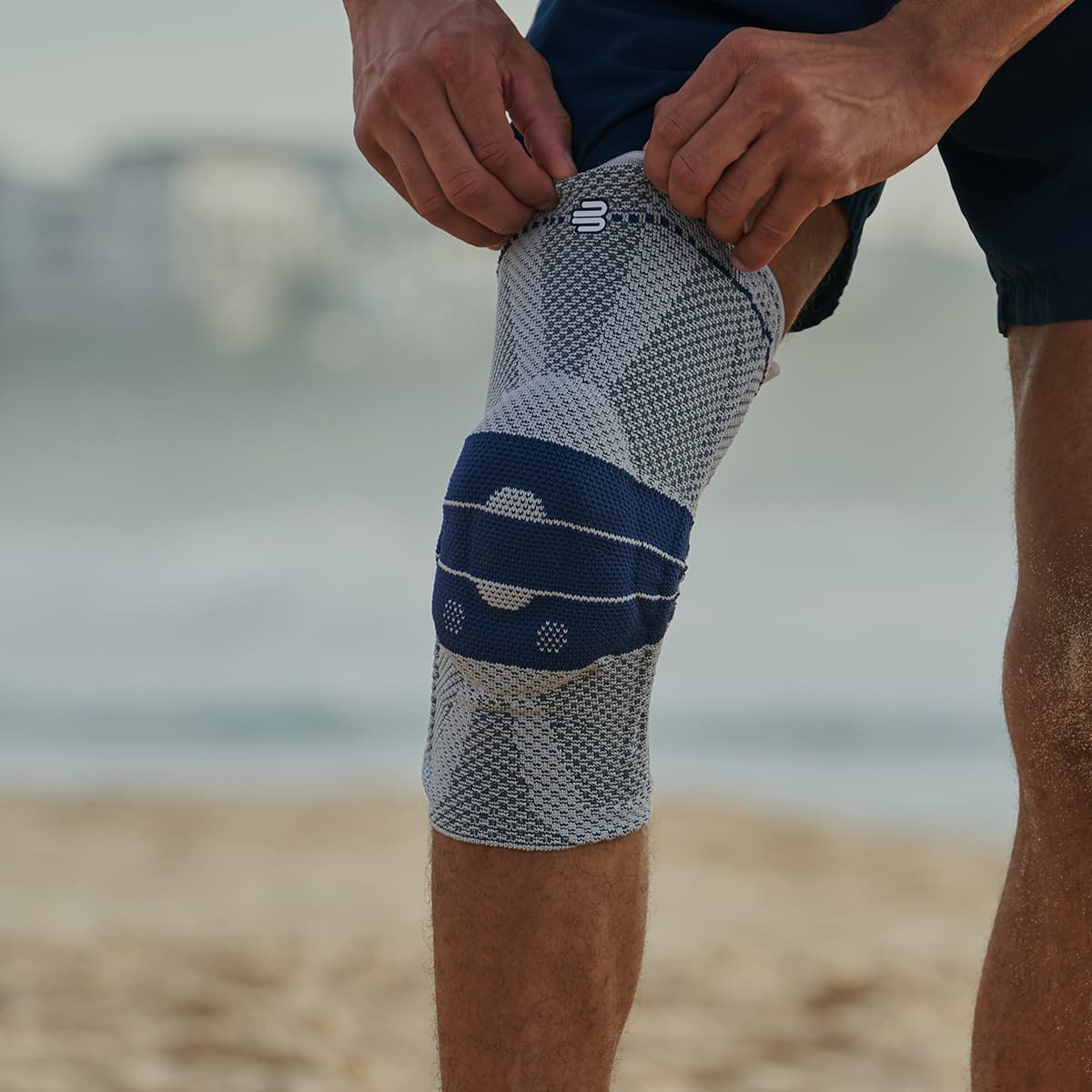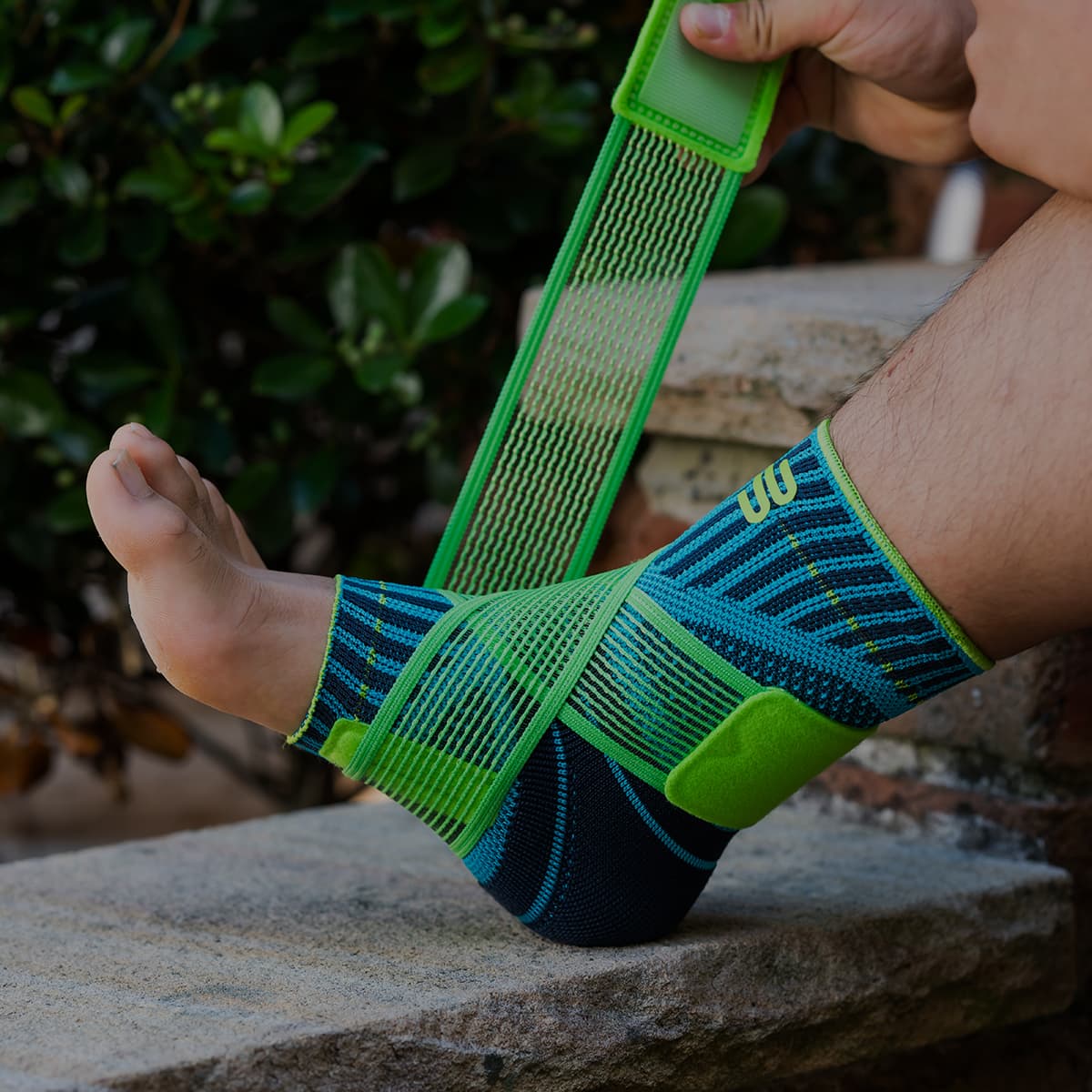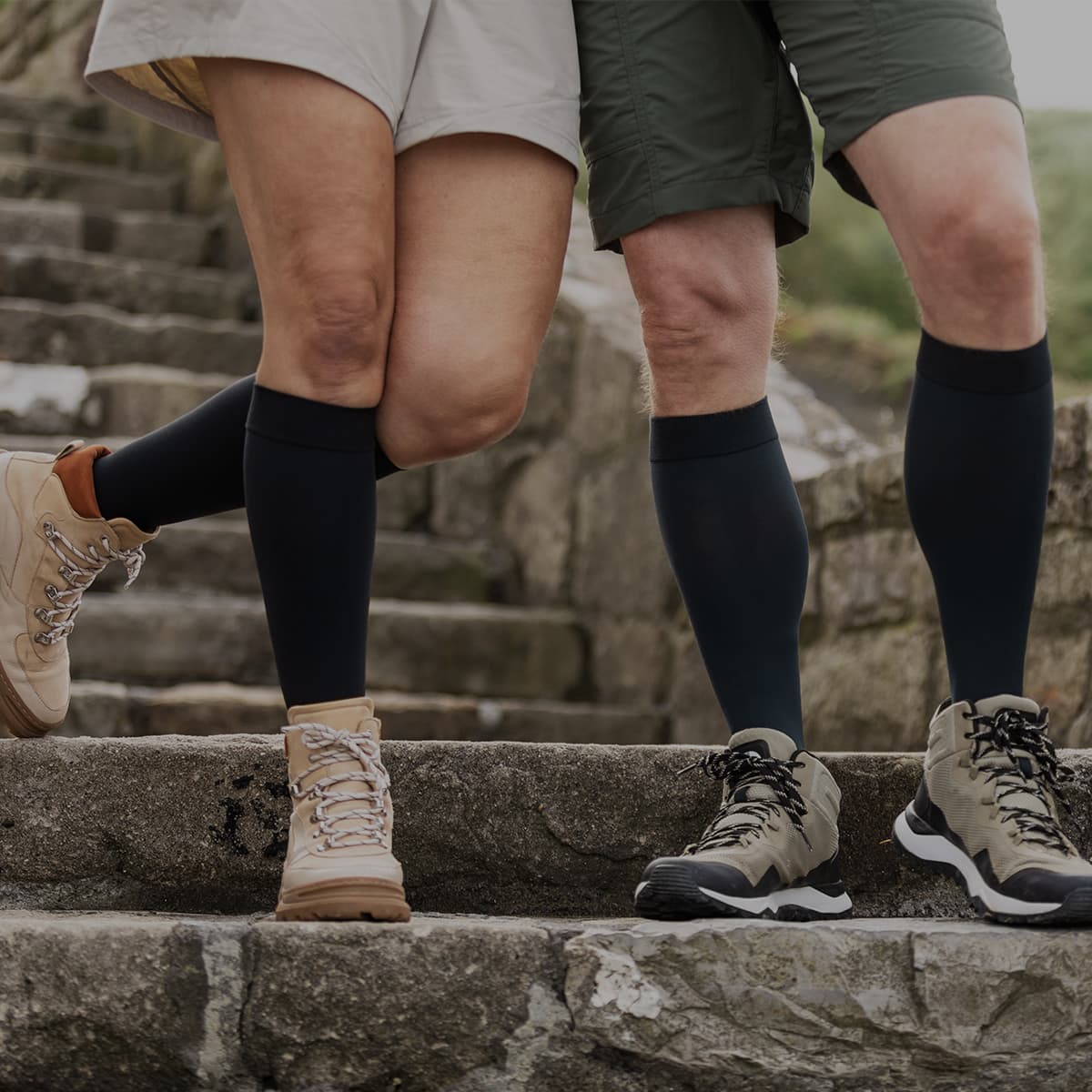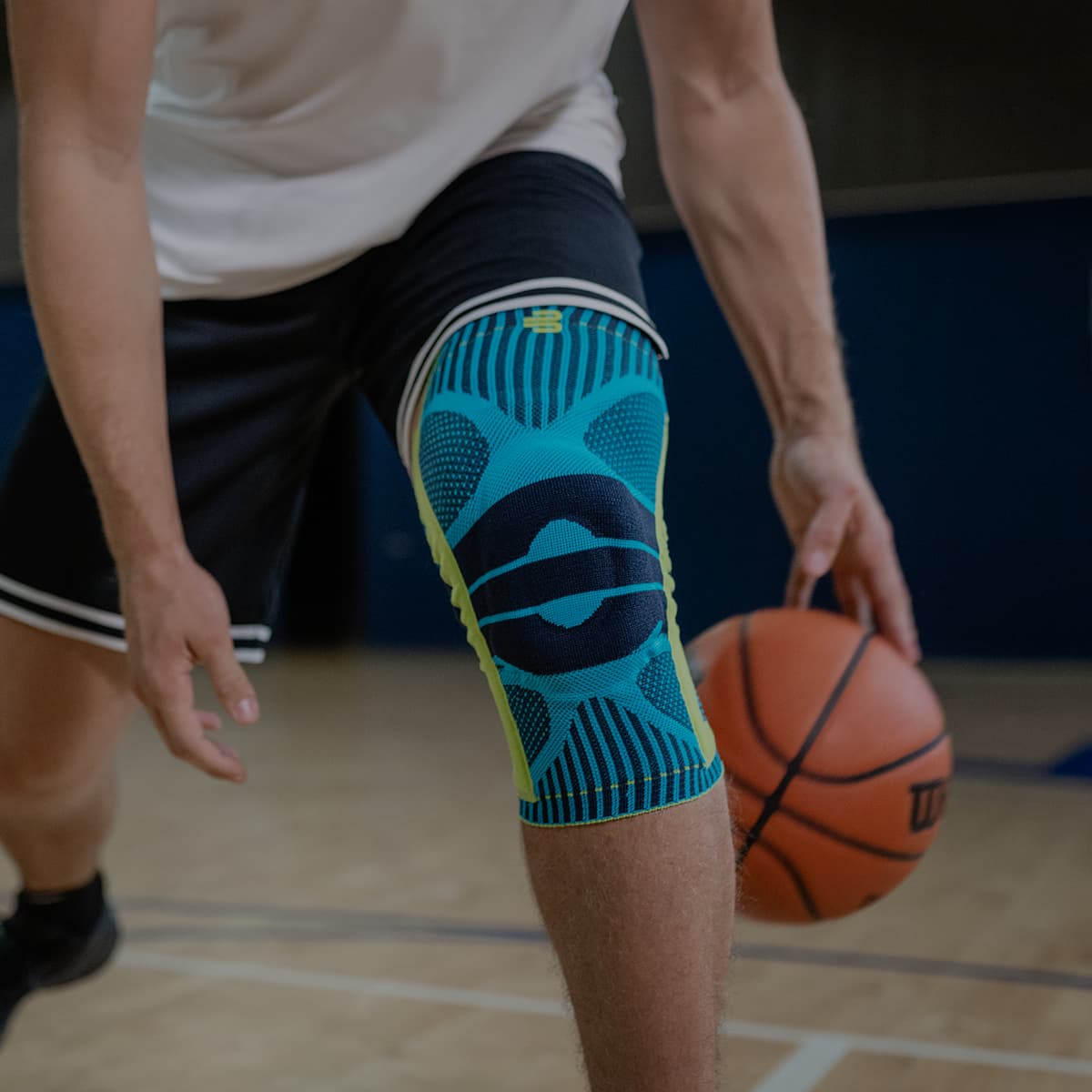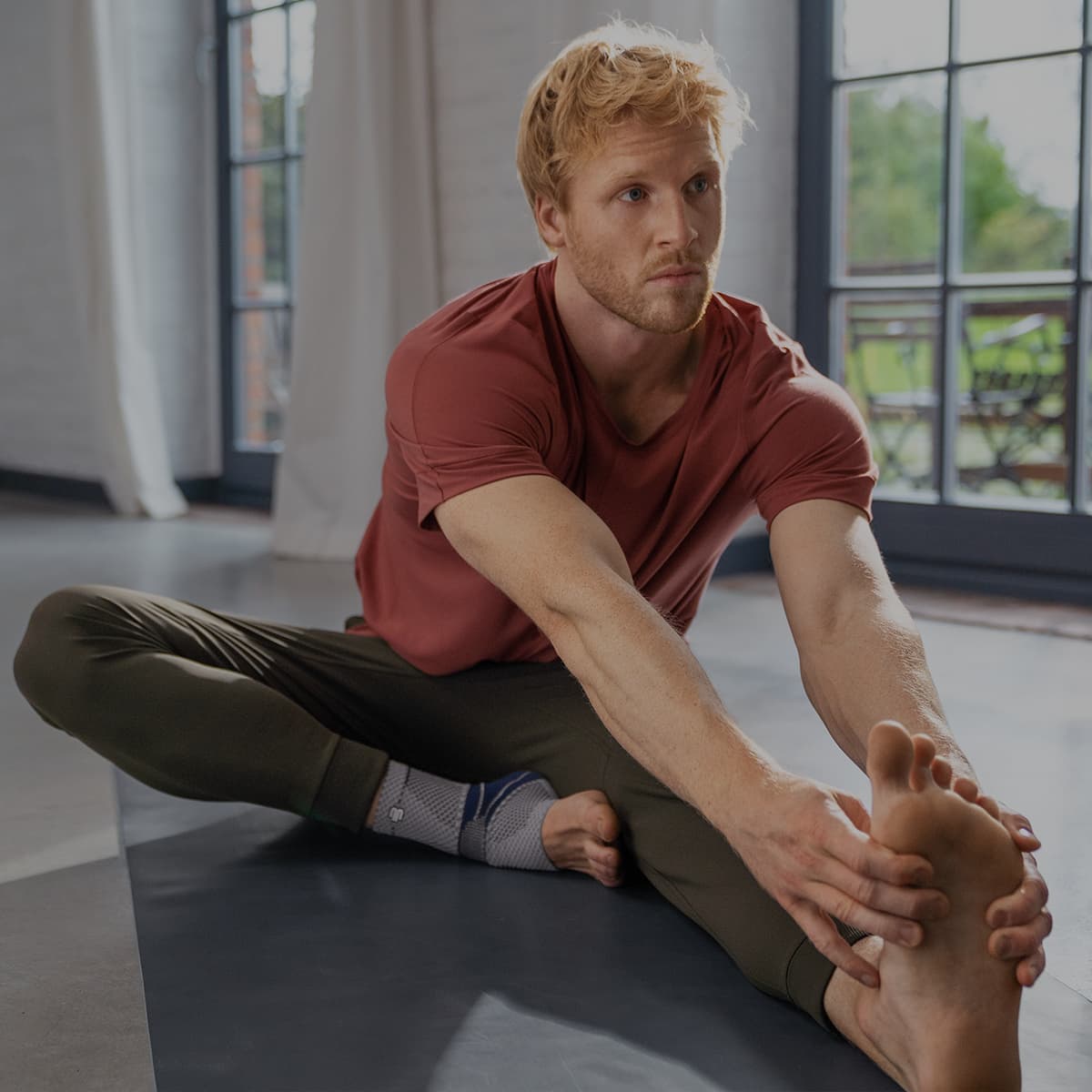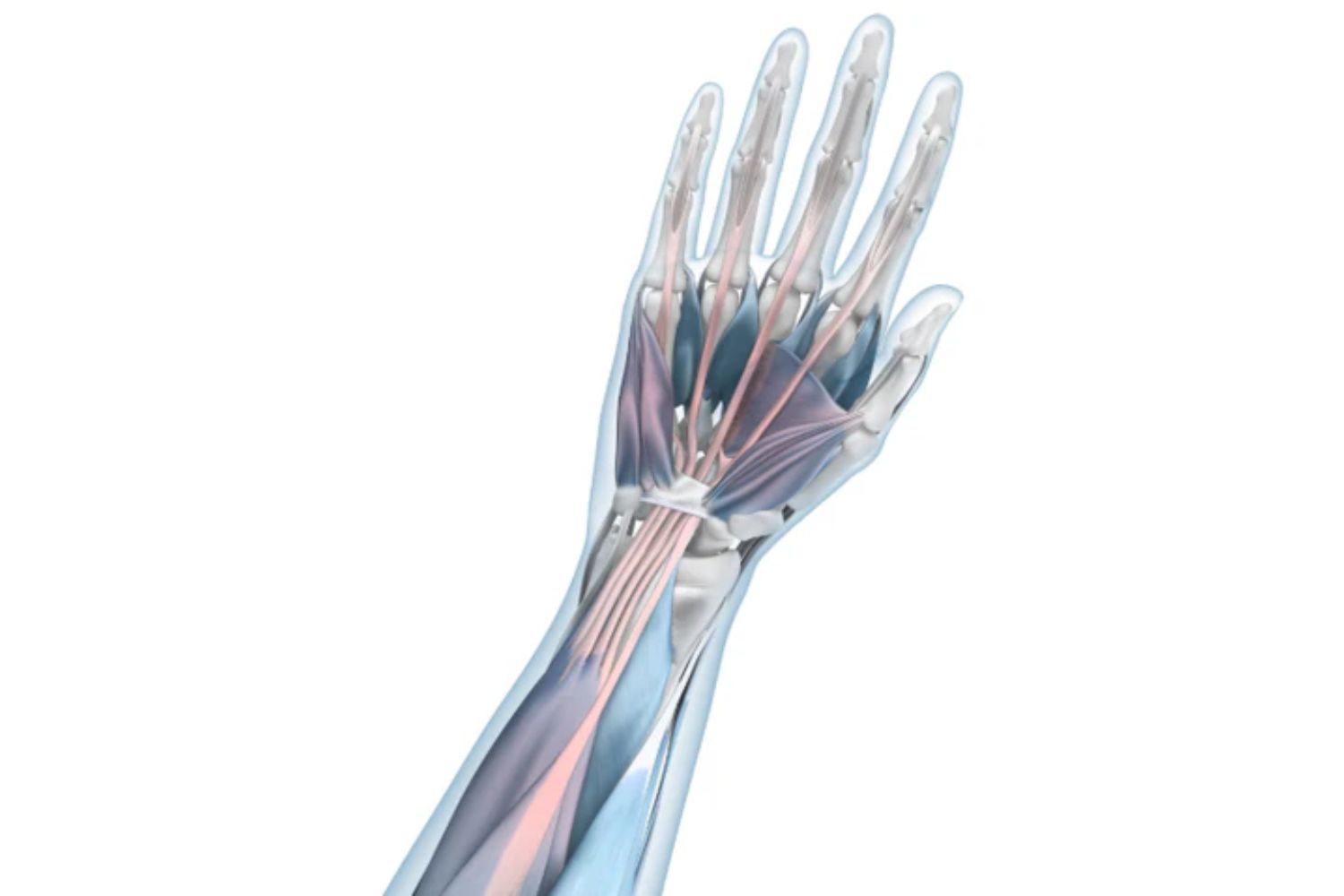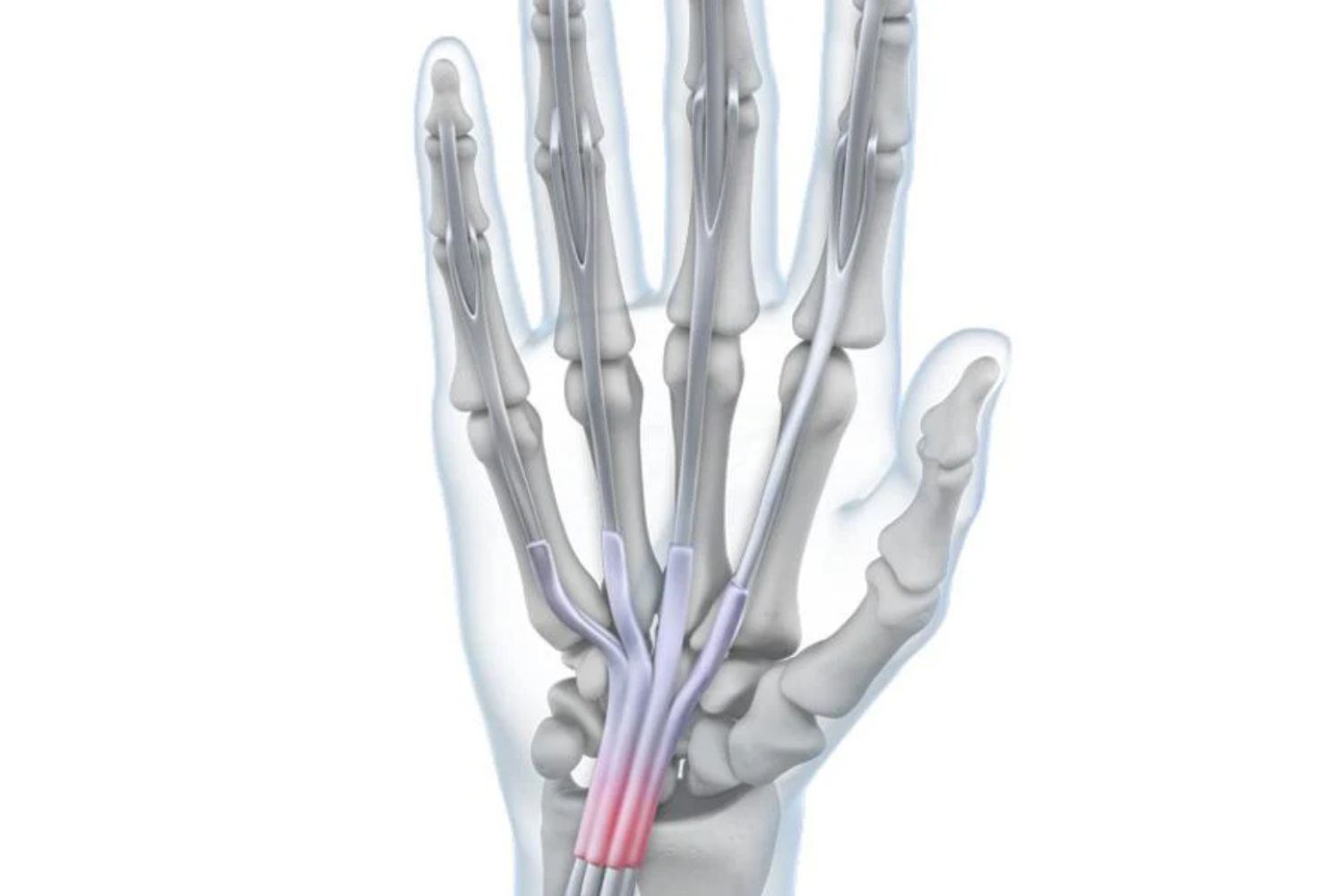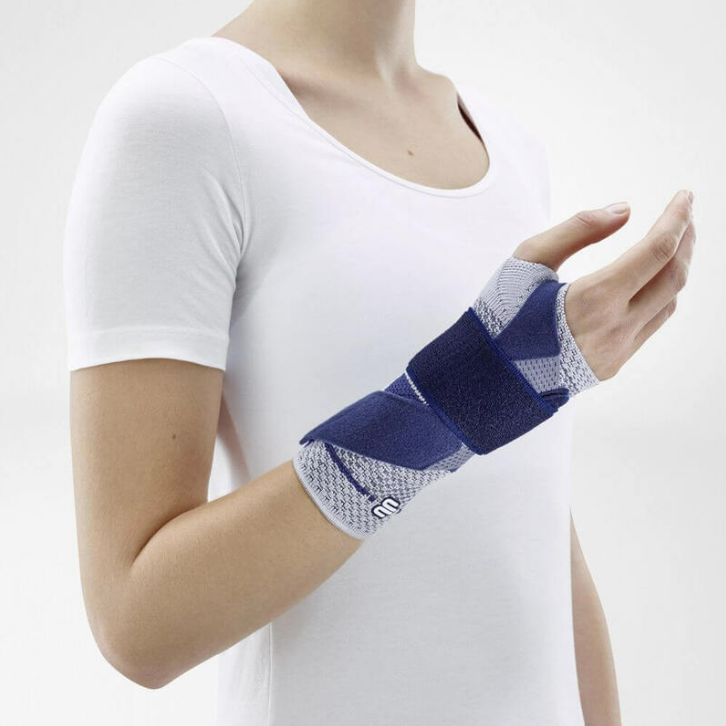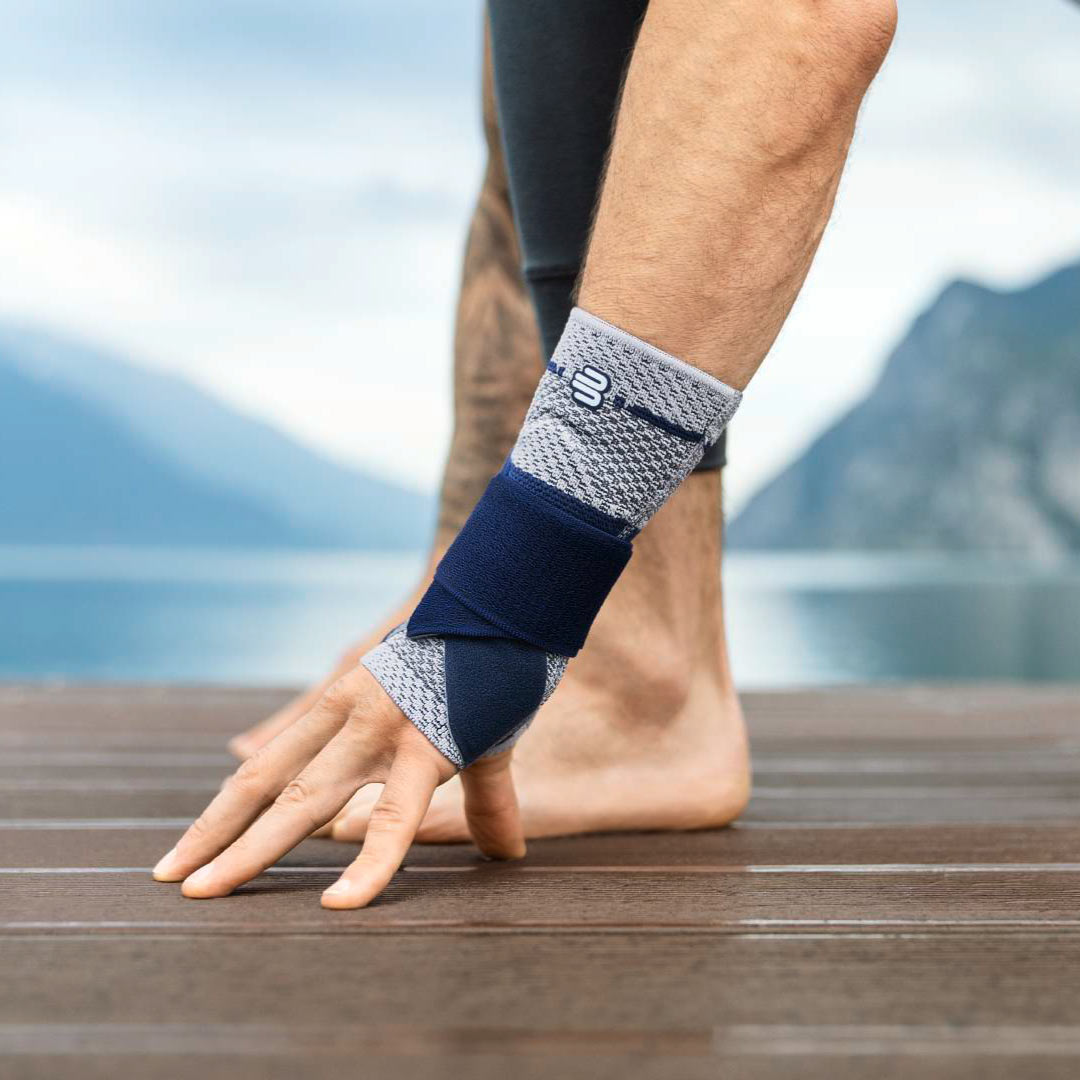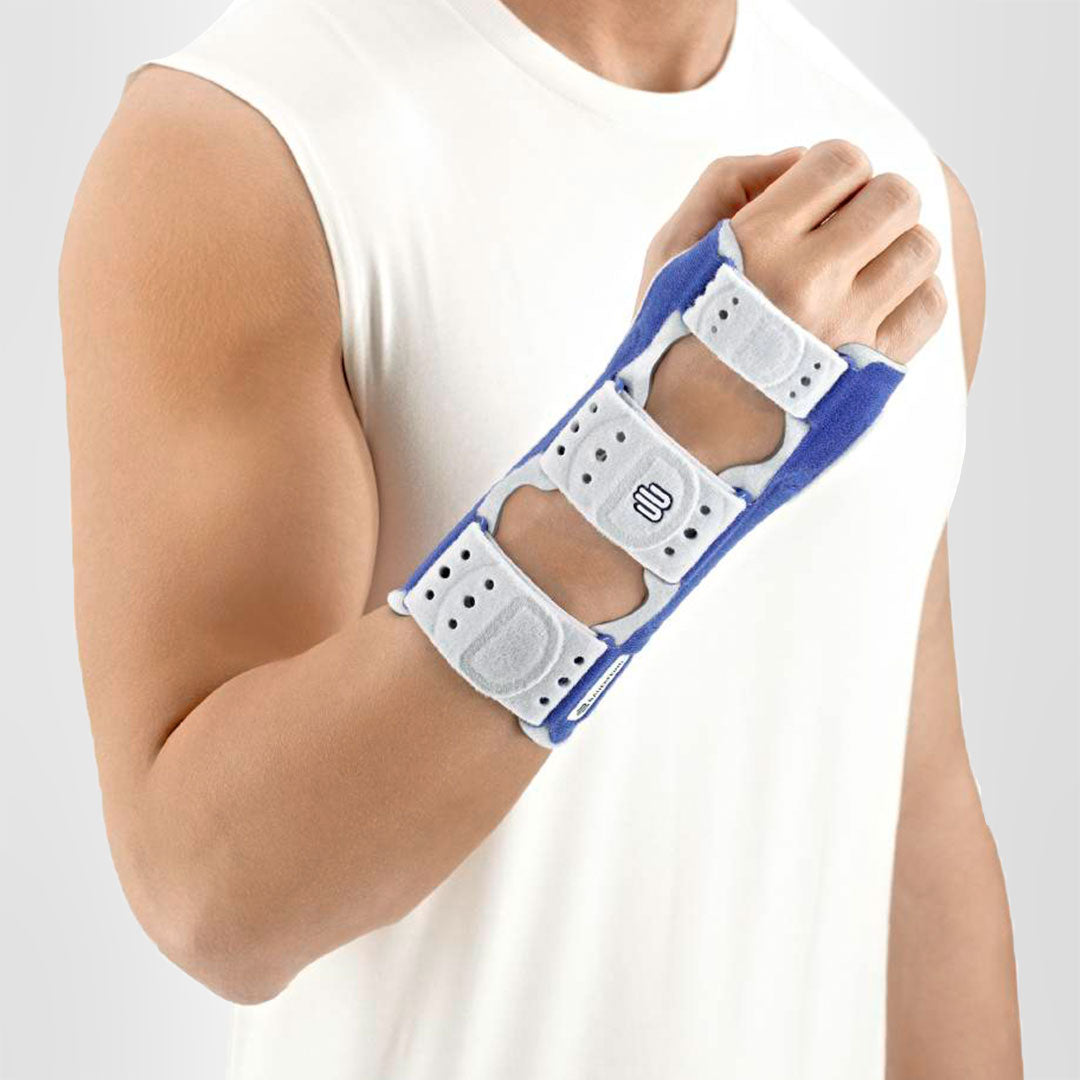Our hands are complex structures made of bone, joints, muscles and tendons. Together, they facilitate the transfer of power to the hand and the palm, allowing for stretching and bending the hand.
Overloading of the connective tissue and tendons from using a computer or mouse for prolonged periods of time can lead to pain and discomfort. Milder cases often ease over time, but the underlying condition persists.
Over time, these tiny injuries, called micro-traumas, accumulate and can lead to the degeneration of specific muscles and tendons in the arm. This is known as “Mouse Arm” or "Mouse Arm Syndrome.”
Chronic cases can lead to severe complications and irreversible damage. Early diagnosis and treatment are the best chance to prevent long-term damage and facilitate a speedy recovery.
Causes of Mouse Arm Syndrome
Broadly speaking, “mouse arm” can be traced to three main risk factors. These are:
- Micro-traumas: Micro-traumas are minor injuries in the tendons and connective tissues of the hand. They result from a combination of unhealthy proprioception and repetitive hand movements. For example, it is common for people working long hours on a computer to overstress their hands while using a keyboard and mouse, accumulating micro-traumas over time.
- A lack of ergonomics in the workplace often leads to repetitive strain injury syndrome (RSI). Poor quality of infrastructure, such as desks and chairs, or poor use of equipment, like tables and mouse pads (quality and fit), can lead to overstressing the hands. For example, uncomfortable chairs or tables (specifically height of the table) are fairly common stressors that commonly lead to such a condition.
- Accidental trauma or injury can lead to damage to the tendons and connective tissue.
Mouse Arm Syndrome Symptoms
Some of the more common symptoms of the mouse arm include:
- Increased muscle tension in the hands. This causes stiffness and can lead to pain in the hands when under stress or undertaking an activity.
- Pain and a tingling sensation in the hand often result from overloading the hand. The patient can experience swelling and stiffness as a result.
- A reduced supply of oxygen and nutrients to the cells leads to weakness and increased localised swelling.
- In severe cases, chronification occurs. This causes the brain to associate activities with pain. A patient develops persistent phantom pain in the hand. There is significant discomfort, and mobility is severely restricted. This means that even in the right position, you can still suffer from the condition.
Long-term neglect of the “Mouse arm” can lead to serious irreversible consequences. An early diagnosis is in the patient’s best interest.
Diagnosis of Mouse Arm Syndrome
A medical professional (usually a GP or Physiotherapist) begins with a complete patient history and thorough physical examination of the elbow. This provides critical information about the patient's risk factors and allows for a study of the progression of the condition.
Sophisticated imaging technology, such as X-rays and ultrasound, can provide more information about the condition of the bones, muscles, and tendons in the joint.
Treatment for Mouse Arm Syndrome
Treatment for Mouse Arm is predominantly conservative. Providing ample support and stabilisation to the joint can help control the damage done to the wrist. Early intervention is the best course of action to prevent degeneration and permanent nerve damage.
Ergonomic Redesign of Workplace
One of the most efficient preventative measures against mouse arm would be to work with your employer to redesign the office furniture with well-being in mind. Comfortable chairs and adjustable tables are good examples of simple measures to take in everyday work.
Ergonomic Mouse Armrest
If using a computer and a mouse are necessary at work, using a comfortable and properly sized mouse with a mouse pad can significantly reduce the risk of mouse arm.
Immobilisation
Immobilising the forearm temporarily has proven effective in managing the symptoms of the condition. This is best done with a medical brace, which allows the wrist to rest and heal quickly.
Rehabilitation, Physiotherapy and Occupational Therapy
Regular Physical therapy helps with targeted muscle training and is a proven effective treatment path. Physiotherapy exercises can help promote muscle reorganisation and are the most effective option to curb the disease. Encouraging healthy proprioception and strengthening the muscles in the wrist helps prevent long-term degeneration.
Regular targeted exercises are highly recommended to help maintain joint mobility and effective functioning. Progressive muscle relaxation exercises (PMR) can be effective in stretching the muscles and helping them relax, and most medical professionals can demonstrate this.
Prescribed Painkillers
Painkillers such as Ibuprofen or Panadol can help alleviate pain and discomfort in patients, but they should only be used when directed by a medical professional. Pain, however, is a crucial indicator of the injury.
Painkillers merely mask the pain without addressing the underlying condition. Long-term use of painkillers has adverse side effects and can be counterproductive.
Medical Wrist Brace
Medical wrist braces/splints help to reduce the pain and discomfort patients experience by relieving the joint.
Wearing a Bauerfeind wrist brace like the ManuLoc or ManuTrain helps to greatly minimise the chances of injury by providing enhanced stability, proprioception and medical-grade compression.
This is not found in simple neoprene sleeves and braces and can be instrumental in a speedy recovery.
Mouse Arm Syndrome Sleeves and Braces
ManuTrain Wrist Support
Medical braces like the ManuLoc and ManuTrain often prove highly effective in managing the symptoms of mouse arm and preventing its progression. The brace provides compression and anatomical fit to speed up recovery.
This encourages healthy proprioception, provides stability to the wrist, and can be worn comfortably during physiotherapy. With regular use, patients experience relief from their symptoms much quicker and have a greatly improved quality of life.
The ManuTrain is a compression sleeve that targets the areas most commonly inflamed. Its built-in gel supports reduce swelling and inflammation, and it massages the area constantly to relieve pain. An adjustable strap and stay make it ideal for milder cases, whether you’re at home, at work, or playing sports.
The ManuLoc is a rigid splint that is anatomically contoured and can be shaped to each person’s wrist to give the best support possible. With an adjustable strapping system, lightweight build and freedom of movement for the fingers and thumb, it’s ideal for moderate to severe cases and great for all-day wear.

